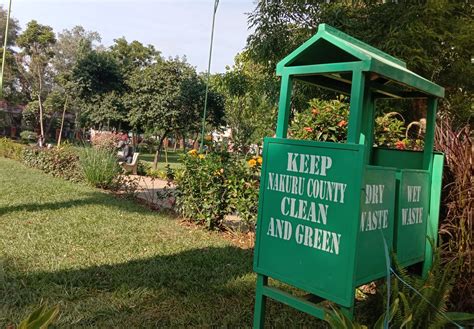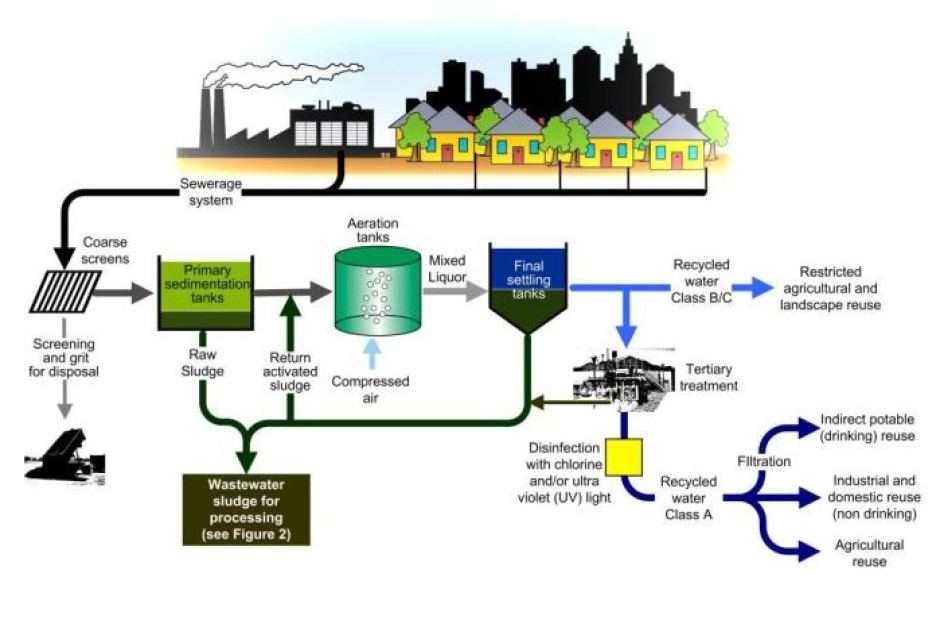
On this World Environment Day, let’s unite in taking proactive steps to protect and restore our environment. Here are several key initiatives that we can all support:
1. Plant and Care for Trees
Trees are the lungs of our planet. They absorb carbon dioxide, release oxygen, provide habitat for wildlife, and help regulate temperature. Let’s pledge to plant more trees in our communities. For example, organizations like the Arbor Day Foundation offer programs that help individuals and communities plant trees. Moreover, taking care of these trees by watering them, protecting them from pests, and ensuring they have enough space to grow is essential for their survival.

2. Increase Availability and Maintenance of Dustbins
Littering is a major environmental issue. We urge county governments and environmental organizations to install more dustbins in public areas such as parks, streets, and beaches. For instance, cities like San Francisco have implemented comprehensive waste management systems with strategically placed dustbins. It’s also crucial that these dustbins are emptied regularly to prevent overflow and maintain cleanliness.

3. Support Recycling Efforts
Recycling reduces waste in landfills and conserves natural resources. Governments should support recycling programs that turn waste into reusable materials. For example:
• Plastic bottles can be recycled into clothing fibers or new containers.
• Paper waste can be transformed into new paper products or compostable packaging.
• Organic waste can be composted to create nutrient-rich soil amendments.
Programs like TerraCycle and local recycling centers can facilitate these efforts. Investing in recycling infrastructure and public awareness campaigns is key to maximizing recycling rates.

4. Promote the Use of Recyclable and Biodegradable Products
Encouraging the use of products that are recyclable or decompose quickly helps reduce environmental impact. Examples include:
•Biodegradable plastics made from plant materials like cornstarch, which break down more easily in the environment.
•Paper straws and bags instead of plastic ones, reducing plastic waste.
•Reusable glass containers and stainless steel water bottles, cutting down on single-use plastic.

5. Embrace Organic Farming
Organic farming avoids synthetic pesticides and fertilizers, promoting soil health and reducing pollution. This method enhances biodiversity and is more sustainable in the long run. Farmers can adopt techniques such as crop rotation, green manure, and biological pest control. Examples of successful organic farms include Polyface Farms in Virginia and Rodale Institute in Pennsylvania.

6. Treat Waste from Companies
Industrial waste is a significant source of pollution. Companies must adopt eco-friendly waste management practices, such as:
•Wastewater treatment plants to clean industrial effluents before they enter water bodies.
•Emission reduction technologies to lower air pollution from factories.
Examples of companies leading in sustainable waste management include Unilever and Patagonia, both of which have robust environmental policies.

7. Educate the Next Generation
Parents and teachers are pivotal in shaping the environmental consciousness of children. By incorporating environmental education into school curricula and daily routines, we can raise a generation that values and protects nature. Activities can include:
•School gardening projects where students learn about plant life cycles and sustainable agriculture.
•Eco-friendly classroom practices like recycling programs and reducing single-use plastics.
Programs such as Eco-Schools and NatureBridge provide excellent resources and initiatives for environmental education.

8.Go Green and Sustainable
Adopting green and sustainable practices in our daily lives can significantly impact the environment. This includes:
•Reducing energy consumption by using energy-efficient appliances like LED bulbs and Energy Star-rated devices.
•Supporting renewable energy sources such as installing solar panels or opting for green energy plans from utilities.
•Sustainable transport options like cycling, walking, carpooling, or using public transportation to reduce carbon emissions.
Examples of successful green initiatives include cities like Copenhagen, which has extensive cycling infrastructure, and companies like Tesla, which promotes electric vehicles.

9. Join Clean-Up Campaigns for a Cleaner Community
Clean-up campaigns are an effective way to tackle litter and beautify our surroundings. These events bring communities together to remove trash from public spaces, beaches, and parks. Participating in clean-up campaigns not only helps clean the environment but also raises awareness about the impact of littering.
Countries like Rwanda and cities like Seattle and organizations such as Ocean Conservancy regularly organize clean-up events, making a significant impact on reducing pollution. By joining these efforts, you can make a tangible difference in your community. Keep an eye out for local clean-up events and volunteer your time to support this crucial cause. Every piece of trash picked up is a step towards a cleaner, healthier planet.

A Challenge for Everyone
Finally, let’s challenge ourselves to make a difference. Make it a habit to dispose of any wrappings or waste properly by using the nearest dustbin. Every small action contributes to a larger impact. Together, we can create a cleaner, greener planet.
Small actions lead to big changes. Dispose responsibly, and together we can create a cleaner, greener planet
Happy World Environment Day! Let’s commit to these steps today for a sustainable and healthy future.

Leave a comment